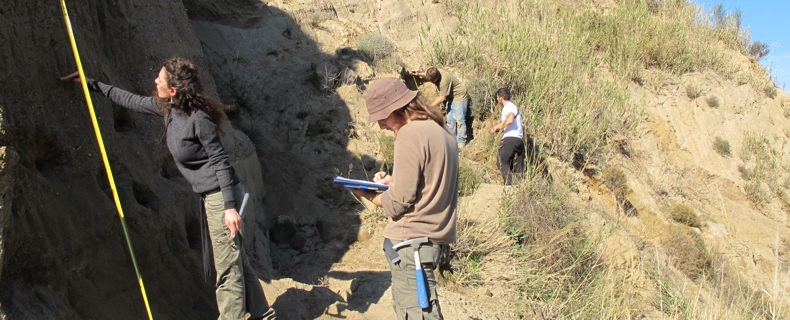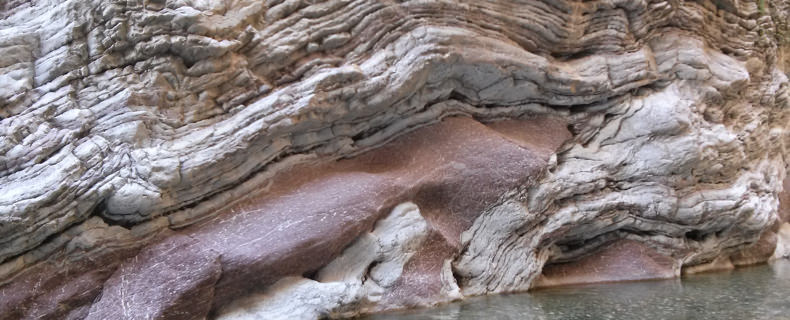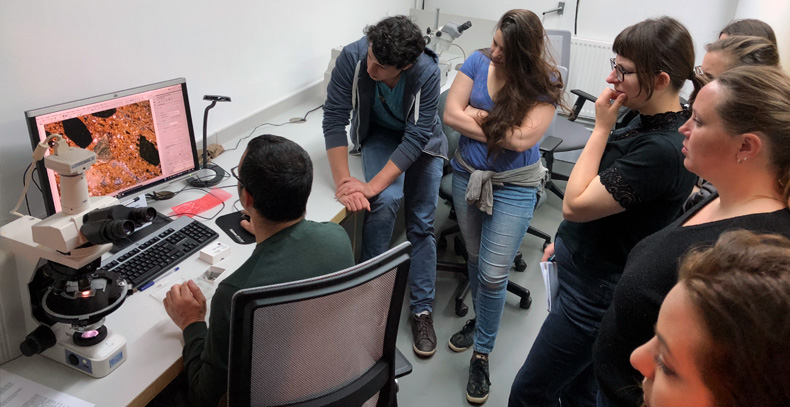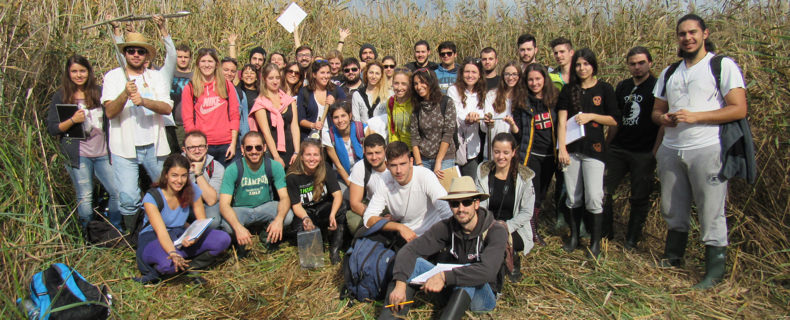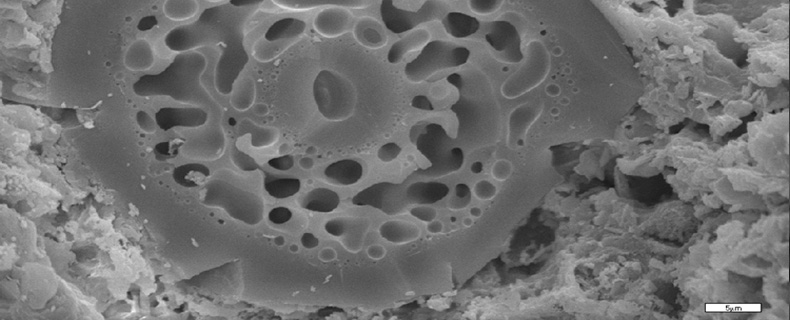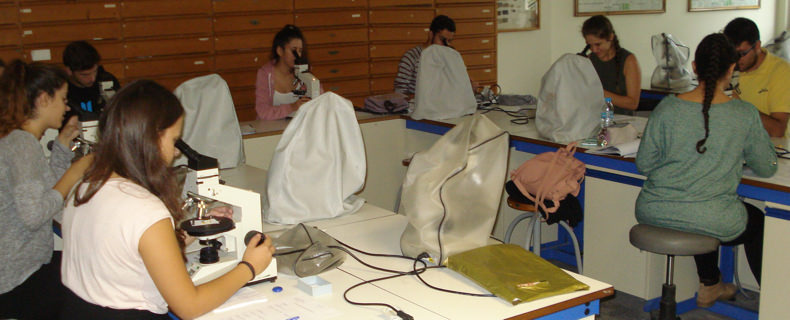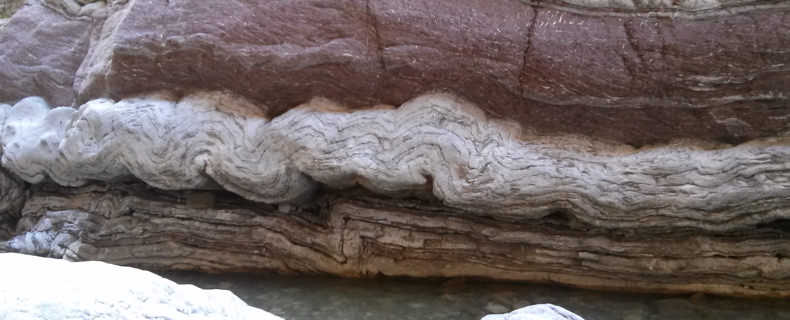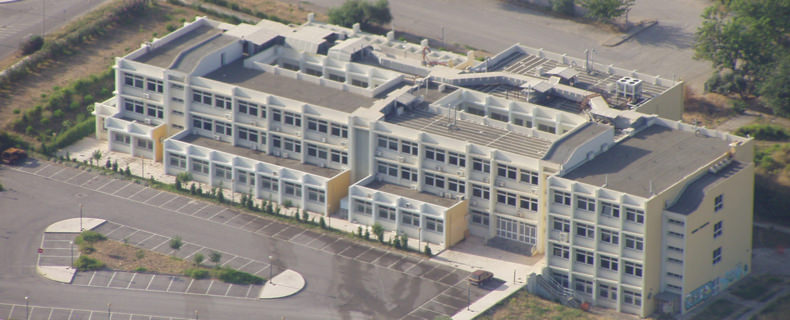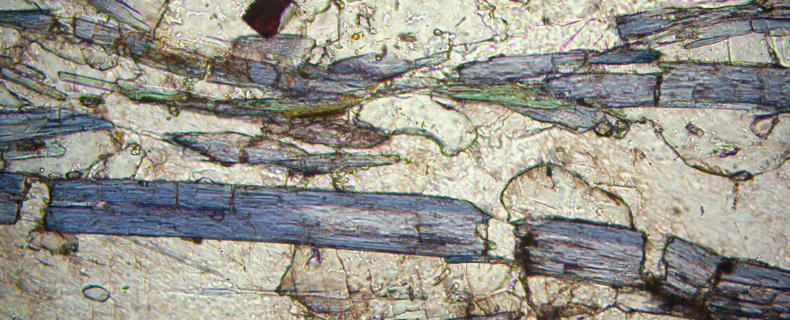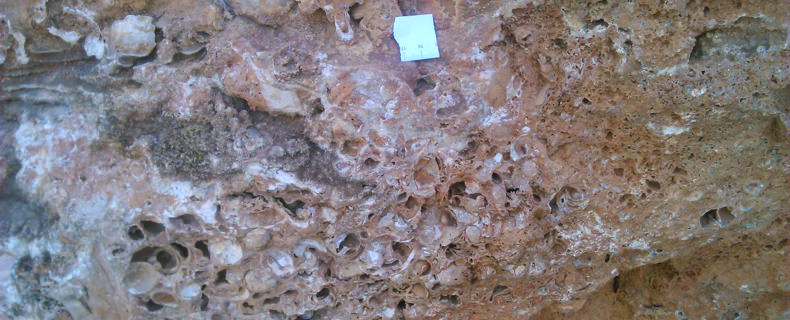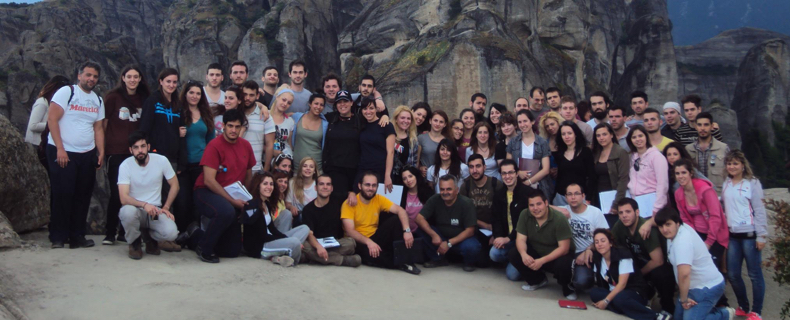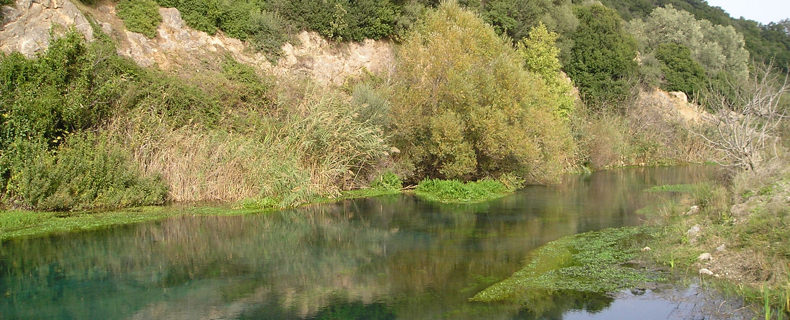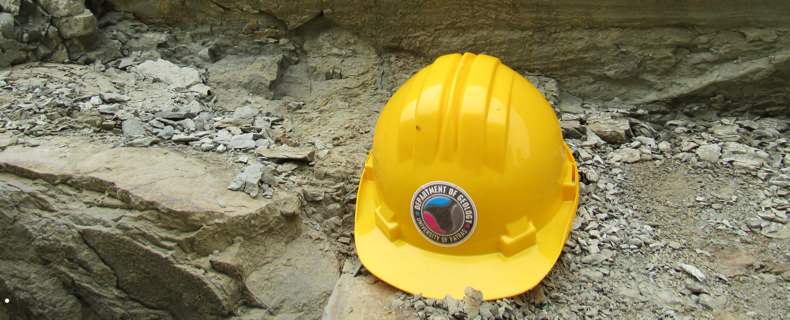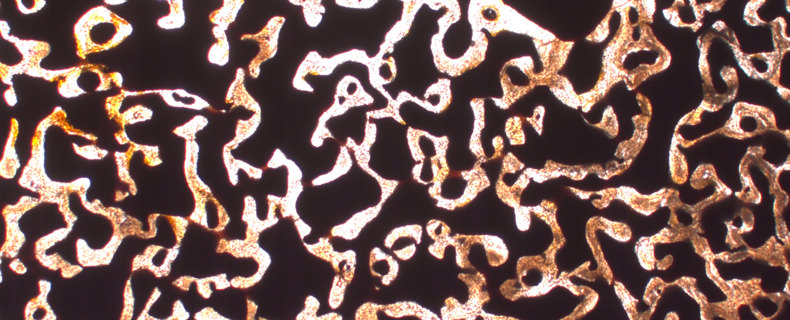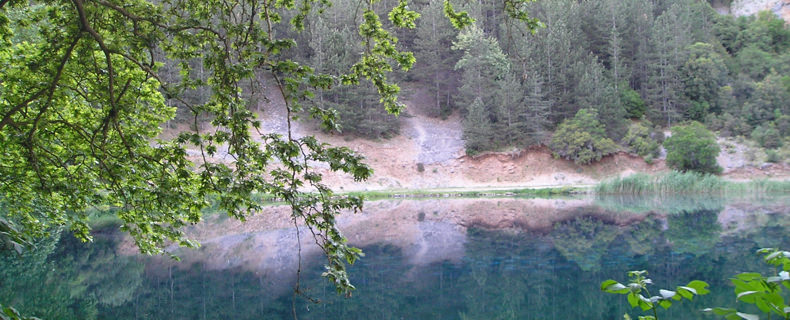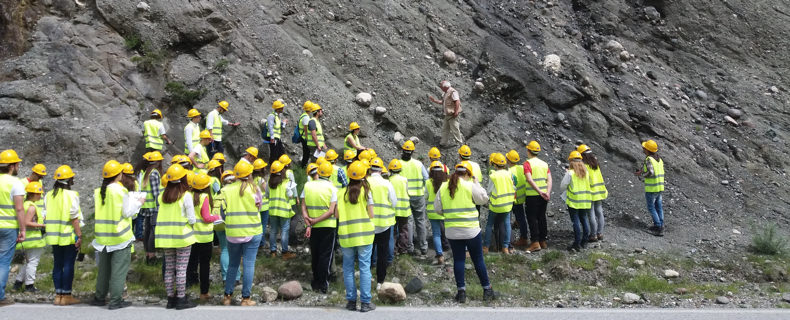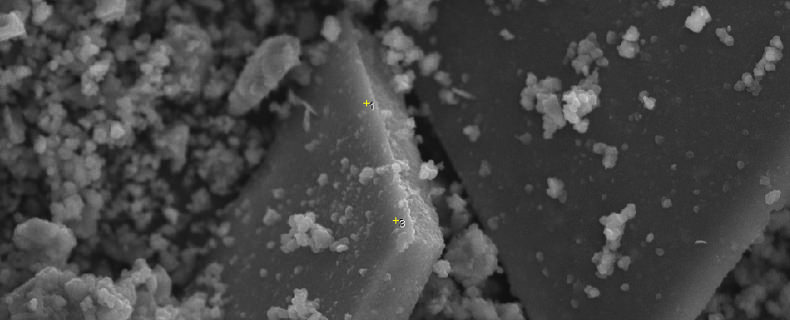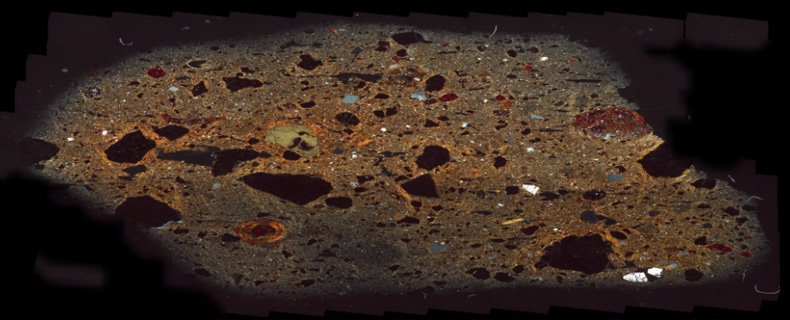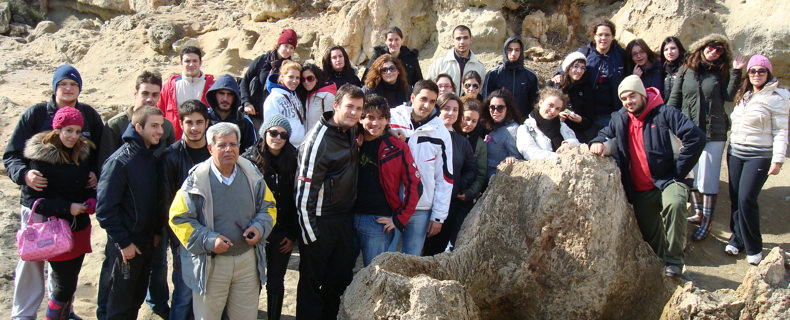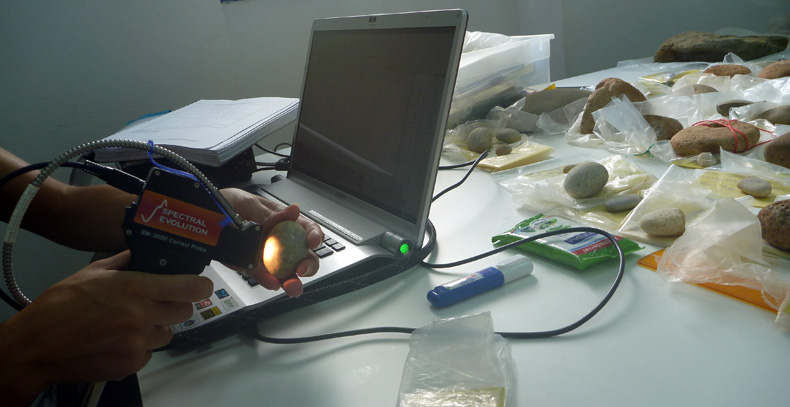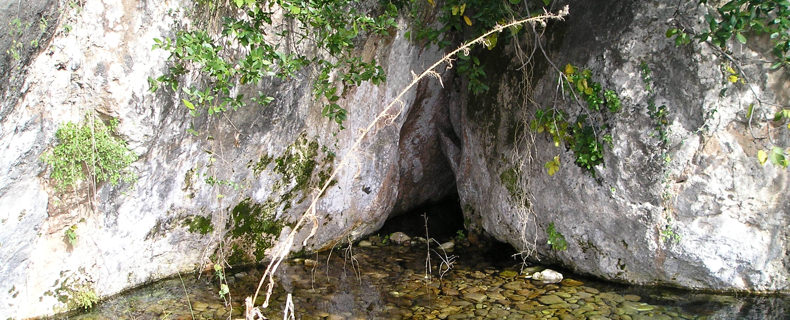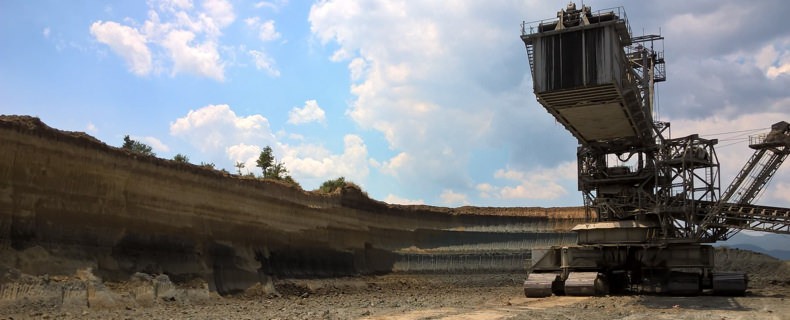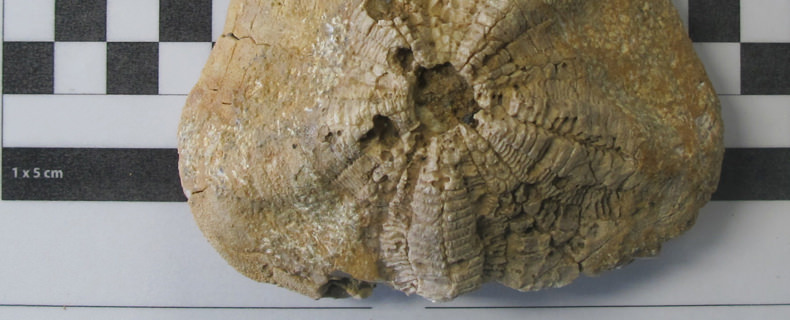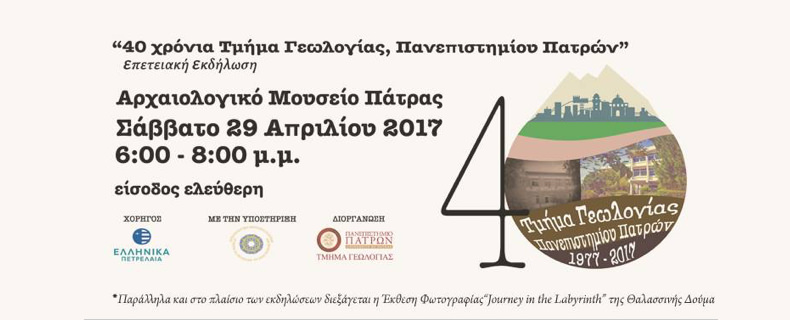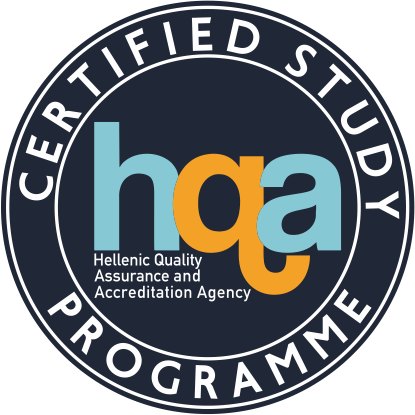| School |
Natural Sciences |
Academic Unit
|
Geology Department |
Level of Studies
|
Undergraduate |
Course Code
|
GEO_503E |
| Εξάμηνο σπουδών |
5ο |
Course Title
|
Industrial Minerals |
Independent Teaching Activities
|
Lectures, tutorials and laboratory work, fieldwork |
Weekly Teaching Hours
|
2 (lect.) 1 (lab.) |
| Credits |
3 |
Course Type
|
Field of Science (Mineralogy-Petrology) and Skills Development (determination of physical and chemical properties through the use of analytical instruments) |
Prerequisite Courses
|
Typically, there are not prerequisite course.
Essentially, the students should possess:
(a) knowledge provided through the previously taught theoretical courses: ‘'Physics”, “Chemistry”, “Earth Materials I”, “Earth Materials II”, “Petrography I” and “Petrography”.
(b) laboratory skills obtained through the previously attended laboratories included in the courses outlined above. |
Language of Instruction & Examinations
|
Greek. Teaching may be however performed in English in case foreign students attend the course. |
Is the Course offered to Erasmus Students
|
Yes |
| Course Web-Page (URL) |
https://eclass.upatras.gr/courses/GEO312/ |
Learning Outcomes
|
By the end of this course the student will be able to:
- understand the fundamentals of the application of mineralogy to technology via the use of the non-metallic minerals and rocks for the development of mineral based materials, new products and new uses according to their physical and chemical properties.
- will be familiarized with the analytical methods of research to identify and evaluate the industrial minerals, by applying all of their geological knowledge they have acquired during their studies.
- understand the possibilities offered by the exploitation of the industrial mineral resource in national economic development, as well as their importance in the global economy.
By the end of this course the student will, furthermore, have developed the following skills (general abilities):
- Ability to exhibit knowledge and understanding of the essential facts, concepts, theories and applications which are related to Industrial Minerals.
- Ability to apply this knowledge and understanding to the solution of problems related to Industrial Minerals and their uses.
- Αbility to adopt and apply methodology to the solution of non familiar problems of Industrial Minerals
- Study skills needed for continuing professional development.
- Ability to interact with others in issues concerning indedification, exploitation and use of industrial mineral resources.
|
General Competences
|
- Searching, analysis and synthesis of facts and information, as well as using the necessary technologies
- Autonomous (Independent) work
- Group work
|
| Syllabus |
Lectures
- Analysis of common and special industrial minerals and rocks and their uses (mineralogy, mineral chemistry, formation environment, classification schemes, properties and industrial uses)
- Description of production of industrial minerals for their use in industry: consturction materials, insulating materials, glass industry, ceramic manufacture, molding sands, fillers, aggregates, filters, fertilizers, cement, concrete, mortars.
- Outcrops of Industrial minerals in Greece.
- Case studies of Melos and Yalli islands
- Contribution of Industrial Minerals and Rocks in the national economy and the opportunities of financial development they offer.
- Contribution of Industrial Minerals and Rocks in the global economy.
Laboratory work
- Industrial minerals in our everyday life.
- Industrial minerals in the construction industry.
- Identification and recognition of geological outcrops suitable for industrial uses
- Constraints of open front exploitation of industrial minerals and rocks. Feasibility parameters.
- Semester laboratory report
|
| Delivery |
- Lectures, seminars and laboratory work face to face.
- Lectures: using slides for overhead projector and/or power-point presentations.
- Open eClass - Asynchronous eLearning Platform: storage and presentation of teaching material.
- Laboratories: Students are assigned a couple of commercially available industrial materials (eg. Pharmaceuticals, foods, cosmetics, detergent s, modeling clays, cat litters, personal hygiene products, etc.) to be analysed using a variety of analytical techniques in order to identify uses of various industrial minerals. Alternatively, a common raw material can be chosen from which they are asked to produce specific products. A final essay will include their result as well as other possible industrial uses and application of their research materials.
|
Use of Information & Communication Technology
|
- Use of Information and Communication Technologies (ICTs) (e.g. powerpoint) in teaching. The lectures content of the course for each chapter are uploaded on the internet, in the form of a series of ppt files, where from the students can freely download them using a password which is provided to them at the beginning of the course.
- Use of specialized software packages (DIFFRACplus EVA software Bruker-AXS, USA, based on the ICDD Powder Diffraction File 2006 version) for the qualitative and quantitative characterization of industrial minerals
|
Teaching Methods
|
| Activity |
Semester workload |
| Lectures (2 conduct hours per week x 13 weeks) |
2x13=26 |
| Laboratory work (1 conduct hour per week x 13 weeks) – identification of potential industrial mineral resources using geological maps, identification of mineral uses in various commercial products, characterization of industrial minerals by means of analytical techniques) |
1x13=13
|
| Fieldwork |
1x8=8 |
| Hours for private study of the student and preparation of home-works and reports, for the Laboratory, and preparation for the Laboratory (study of techniques and theory) |
28 |
| Total number of hours for the Course |
75 |
|
Student Performance Evaluation
|
- Written examination (70% of the final mark)
- An essay comprising the outcome of the exercise assignments on the commercial products analysed and a report on various additional uses of the industrial uses recongised therin (30% of the final mark).
Percentages are valid t only when the student secures the minimum mark of 5 in the final written examination
Greek grading scale: 1 to 10. Minimum passing grade: 5.
Grades <3 correspond to ECTS grade F.
Grade 4 corresponds to ECTS grade FX.
For the passing grades the following correspondence normally holds:
5 <-» E, 6 <-> D, 7 <-> C, 8 <-> Β and >9 <-> A |
Attached Bibliography
|
Suggested bibliography:
- “Applied Petrology – Industrial Minerals”, A. Katerinopoulos & M. Stamatakis, 2005, Univ. Athens [A textbook in Greek language)
- “Mineral Wealth of Greece”, A. Tsirambidis, 2005, Giahoudis Publications, Thessaloniki.
- “Industrial Minerals and their uses”, P.A. Ciullo, 1996, Elsevier
- “Introduction to industrial minerals”, D.A.C. Manning, 1995, Chapman & Hall, 1995
- Related academic journals:
- Minerals
- Industrial minerals
|


